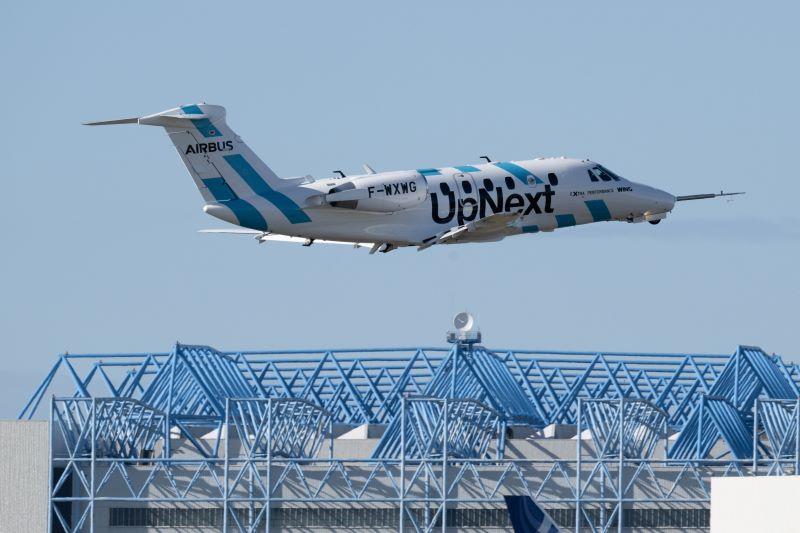
Credit: Airbus
LYON—A modified Cessna Citation VII business jet to be used as a flying testbed for a novel wing design has taken off for the first time, Airbus UpNext—the airframer’s innovation arm—announced. Departing Toulouse airport Nov. 6, the aircraft marked the beginning of the first phase in the test...
Subscription Required
Airbus Kicks Off Extra Performance Wing Flight-Test Program is published in Aviation Daily, an Aviation Week Intelligence Network (AWIN) Market Briefing and is included with your AWIN membership.
Already a member of AWIN or subscribe to Aviation Daily through your company? Login with your existing email and password
Not a member? Learn how to access the market intelligence and data you need to stay abreast of what's happening in the air transport community.





